How to Reduce Shedding in Dogs?

Shedding is a natural process for dogs, but excessive hair loss can be frustrating for pet owners. Fortunately, there are several ways to reduce shedding, including regular grooming, proper nutrition, and managing stress. This guide will help you understand why dogs shed and provide practical steps to minimize the impact of shedding on your home while keeping your dog healthy and happy.
Why Do Dogs Shed?
Understanding why your dog sheds is key to managing it effectively. There are several reasons for shedding, from biological processes to health-related issues. Here’s a breakdown of the most common causes:
Genetics
Some breeds naturally shed more than others due to their coat type and genetics. Breeds like Huskies and Golden Retrievers, for example, have thick double coats that shed in response to seasonal temperature changes.
Stress
Stress can trigger shedding in dogs. Dogs may lose more hair when they’re anxious or fearful, especially during life changes, such as moving to a new home or the introduction of a new pet.
Illness
In some cases, excessive shedding may signal a health problem. Conditions like telogen effluvium, caused by stress or illness, can lead to large amounts of fur shedding. Once the underlying issue is treated, the shedding usually stops.
Seasonal Changes
Dogs naturally shed to adjust to seasonal temperature changes. In the spring, dogs shed their winter coat, and in the fall, they shed their summer coat to prepare for colder months. If your dog is mostly indoors, their shedding cycle may be less predictable.
Allergies
Allergies to food, pollen, or other environmental irritants can also cause excessive shedding. Dogs that itch and scratch due to allergic reactions often lose more fur.
Skin Conditions
Skin conditions like rashes, fungal infections, or hot spots can also lead to shedding. Irritated skin may cause the dog to shed more fur as the body heals.
Parasites
Parasites like fleas and ticks can irritate the skin and cause dogs to scratch excessively, leading to increased shedding.
Lack of Grooming
Without regular grooming, loose fur accumulates, making shedding more noticeable. Brushing helps remove dead hair and keeps the coat healthy by distributing natural oils.
Related Reading: Why is My Dog Shedding So Much

How to Control Dog Shedding?
Managing your dog's shedding effectively requires a combination of proper grooming, diet, and regular health checks. Here are five essential tips to help reduce shedding:
1. Brush Your Dog Regularly
Regular brushing is the first step in managing shedding. Brush your dog at least once a week to remove loose hair before it spreads throughout your home. Long-haired breeds may need more frequent brushing to prevent tangles and mats.
2. Choose the Right Brush
Different coat types require different brushes. For dense coats, use a slicker brush. For silky coats, a pin brush works best. If your dog has a double coat, consider using a de-shedding brush like the Oneisall to remove excess undercoat hair.
3. Bathe Your Dog Regularly
Bathing your dog helps reduce shedding by removing dead fur and keeping the skin healthy. Use a mild dog-specific shampoo, and avoid over-bathing, as it can dry out the skin and increase shedding. Once a month is usually enough for most dogs.
4. Consult a Veterinarian
If your dog is shedding excessively, it's a good idea to visit the vet. Excessive shedding can sometimes be a sign of health problems like skin infections, parasites, or hormonal imbalances. A vet can help diagnose any underlying issues and recommend appropriate treatments.
5. Improve Your Dog’s Diet
A balanced, nutritious diet plays a significant role in maintaining a healthy coat. Ensure your dog’s food includes high-quality proteins and essential nutrients like omega-3 fatty acids, biotin, and zinc, which support a shiny coat and reduce excessive shedding.
6. Minimize Stress
Stress can contribute to increased shedding. Maintaining a consistent routine and providing your dog with mental stimulation through toys and training can help. You might also consider using calming products like pheromone diffusers or anxiety wraps to reduce stress.
7. Manage Your Home Environment
To minimize shedding in your home, invest in a vacuum cleaner designed for pet hair, and consider using washable furniture covers to protect your upholstery. An air purifier with a HEPA filter can help remove pet dander from the air, improving the overall cleanliness of your living space.
Related Reading: How to Reduce Cat Shedding
Bonus Tip: Summer Grooming Tips for Dogs
In the summer, your dog may shed more as they lose their winter coat. Here are a few additional tips to manage shedding during warmer months:
-
Trim Long Coats: For long-haired breeds, trimming or light grooming can help reduce shedding.
-
Hydrate and Cool Down: Ensure your dog stays hydrated during hot weather, as dehydration can cause dry skin and more shedding.
-
Air Conditioning: If possible, keep your dog cool indoors, as heat can also increase shedding.

When Is Peak Shedding Season?
Shedding tends to peak during spring and fall, especially for dogs with double coats. In spring, dogs shed their winter coat, while in the fall, they shed their summer coat to prepare for colder weather. If your dog is mainly outdoors, expect shedding to occur from March to June for the winter coat and from September to November for the summer coat.
Indoor dogs may experience a less predictable shedding cycle due to limited exposure to changing daylight patterns.
Do All Dogs Shed?
Yes, all dogs shed to some degree, except for hairless breeds. Shedding is a natural process that helps replace old or damaged fur with new growth. However, some breeds shed more than others. Breeds like Poodles and Bichon Frises shed minimally, while double-coated breeds, like Golden Retrievers or Border Collies, shed more.
Conclusion: Managing Dog Shedding Effectively
Shedding is a natural process, but it can be managed with the right approach. Regular brushing, appropriate grooming products, a balanced diet, and a vet check-up can help reduce shedding. Managing your dog’s environment and stress levels also plays a crucial role.
By following these tips, you can minimize the impact of shedding on your home and keep your dog healthy, happy, and comfortable all year round.









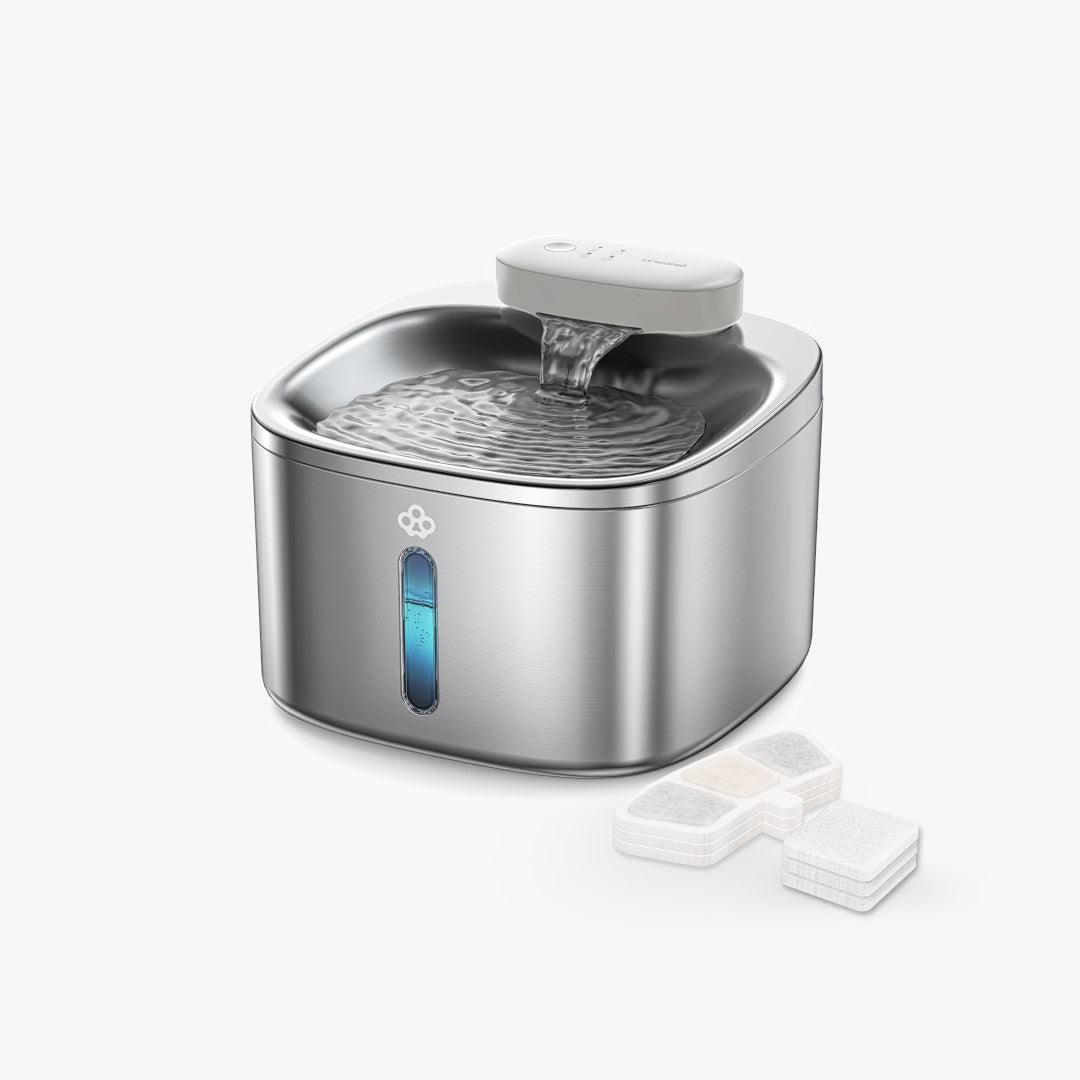

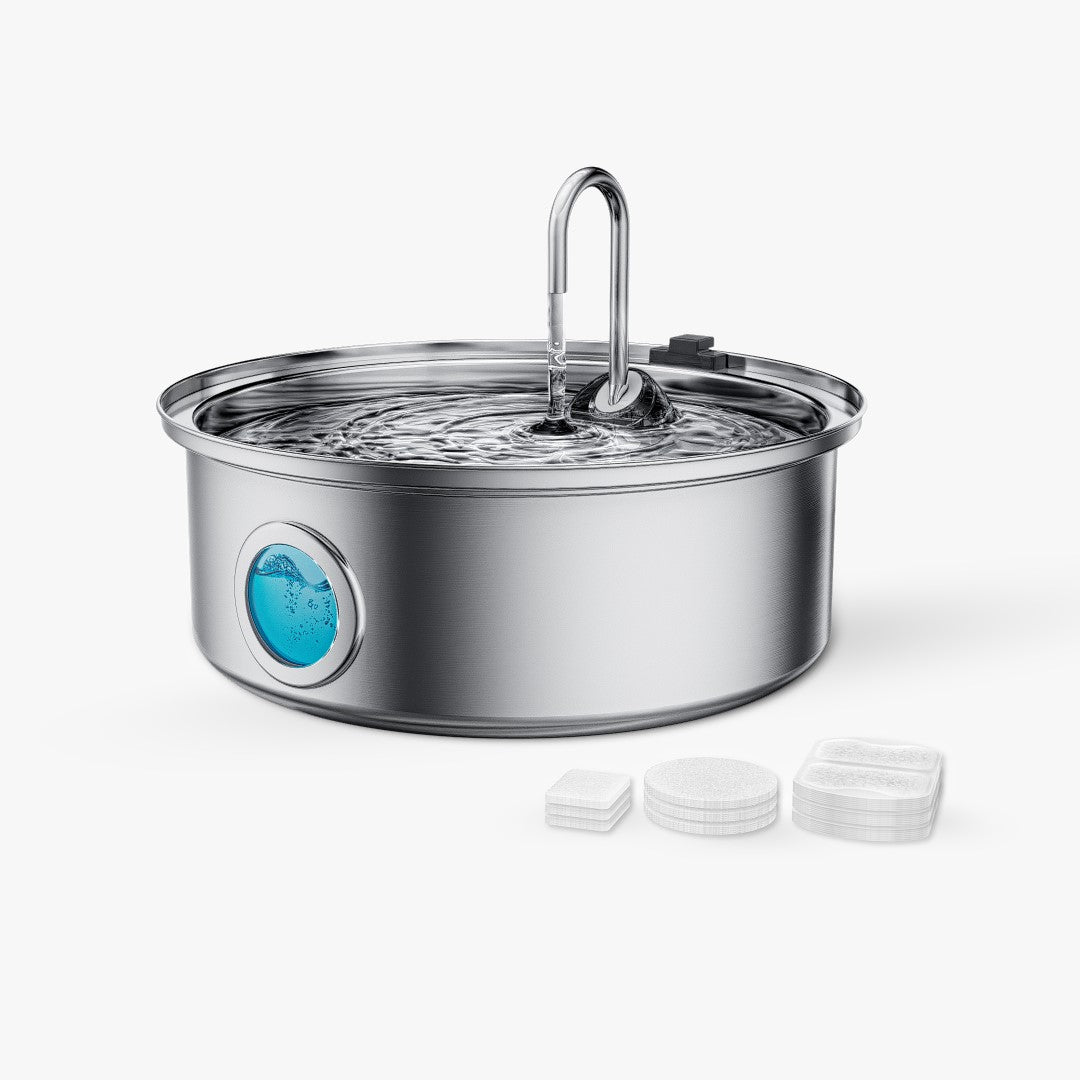
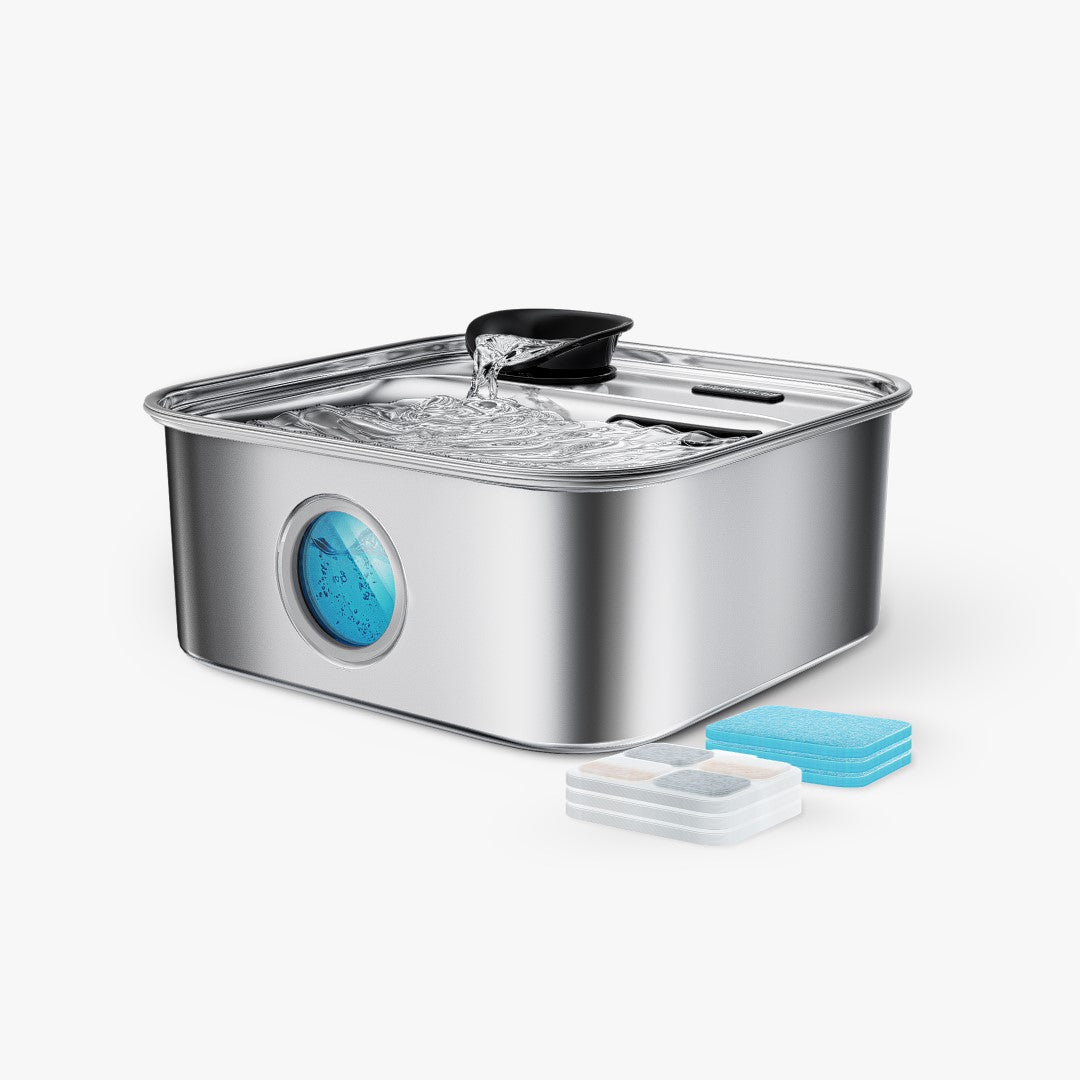
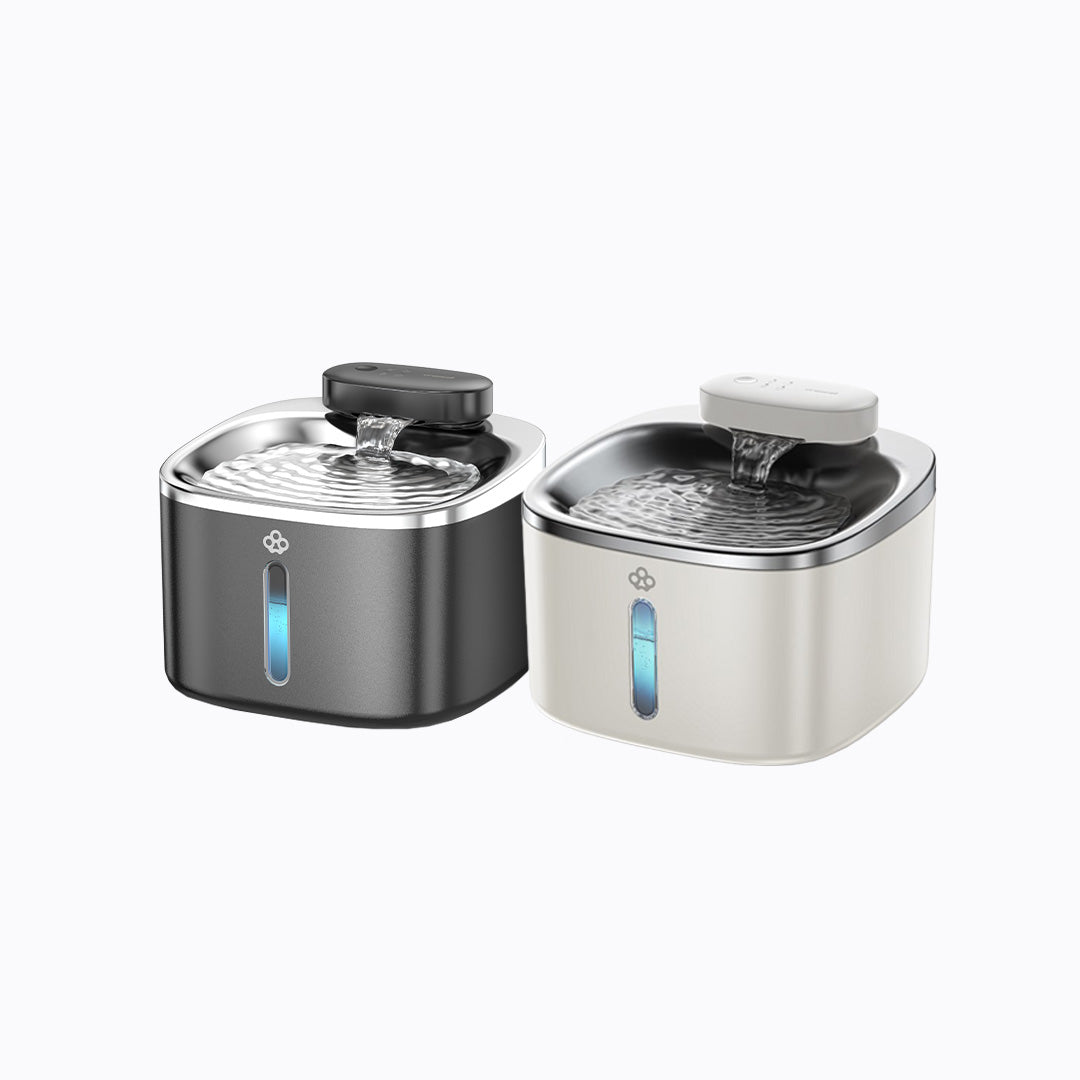


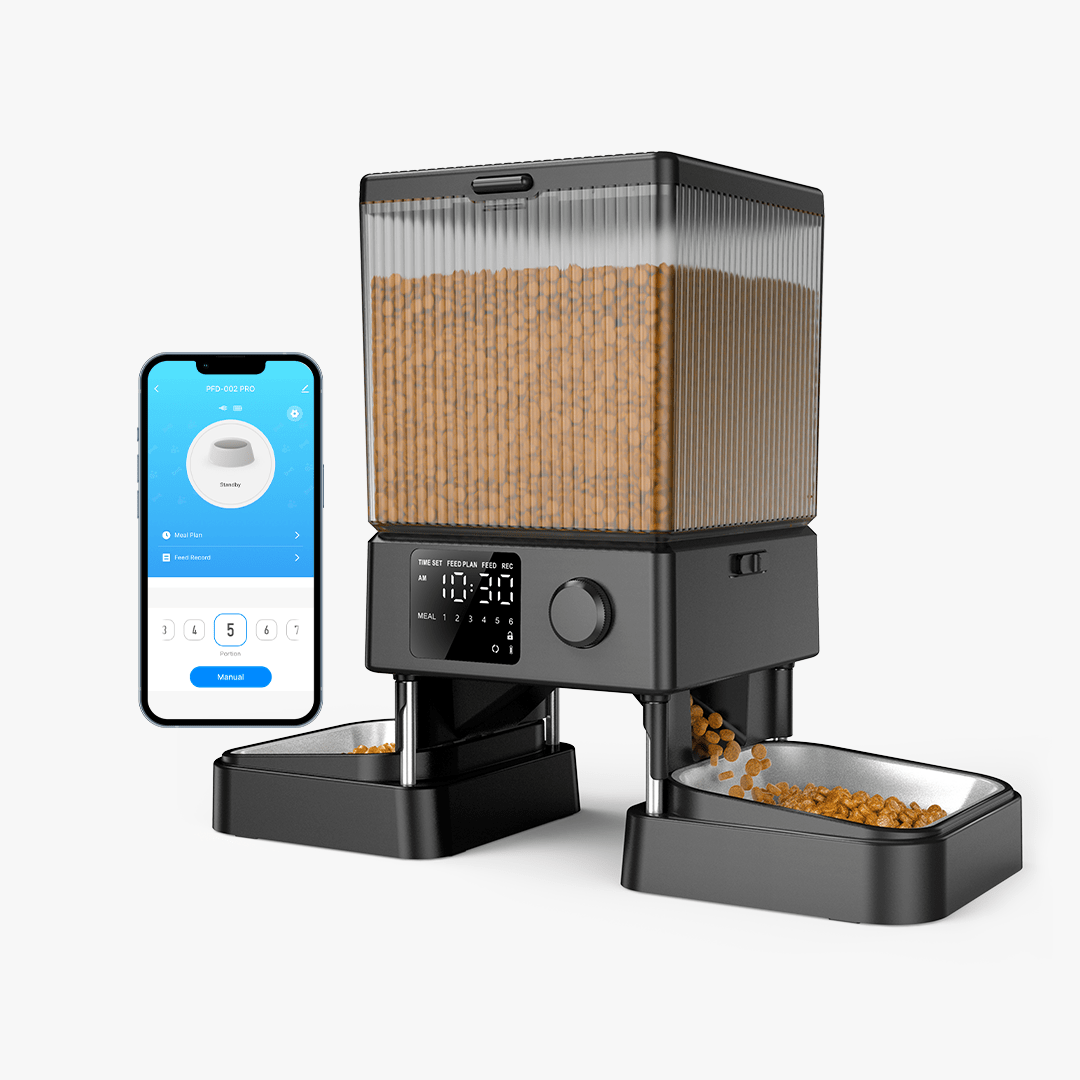



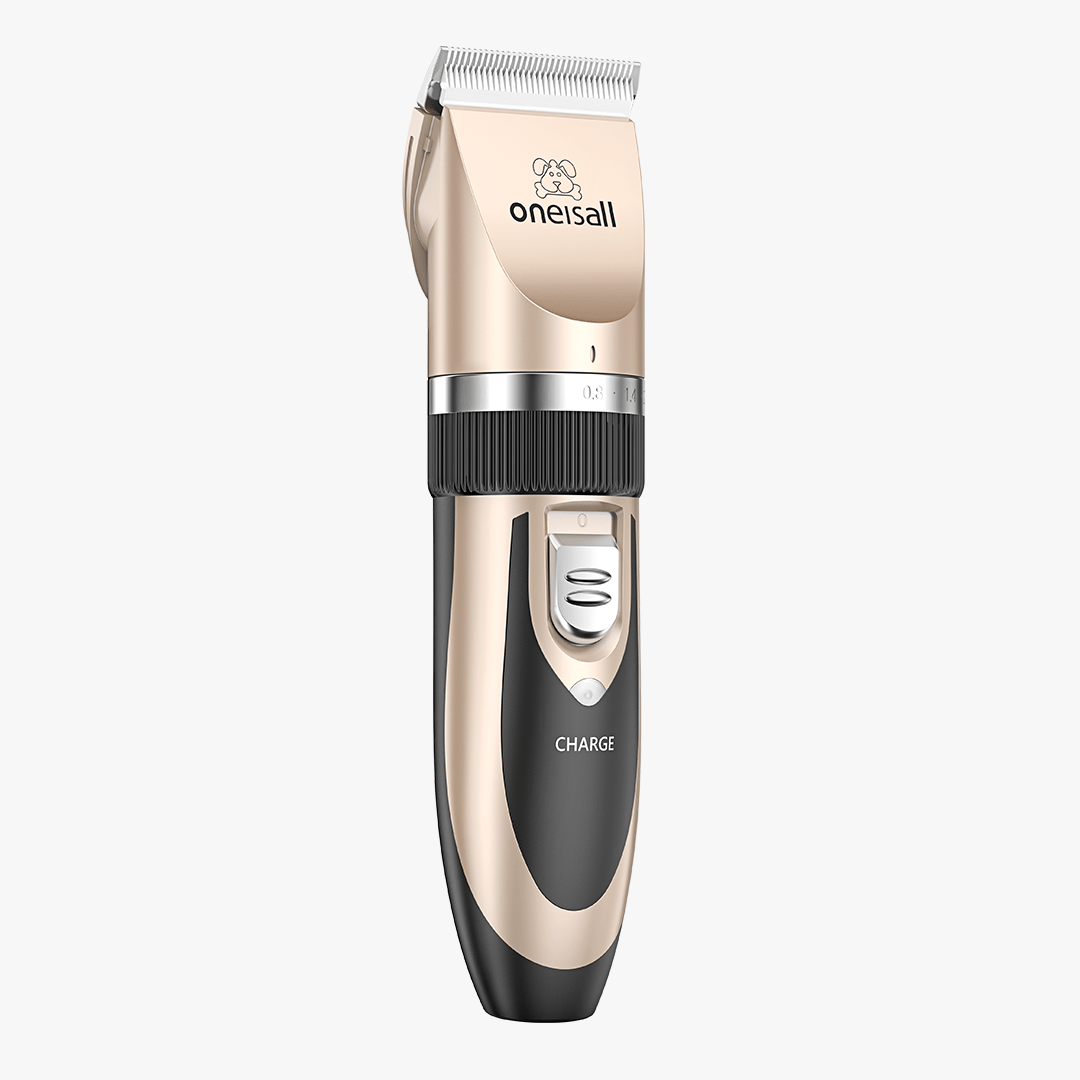
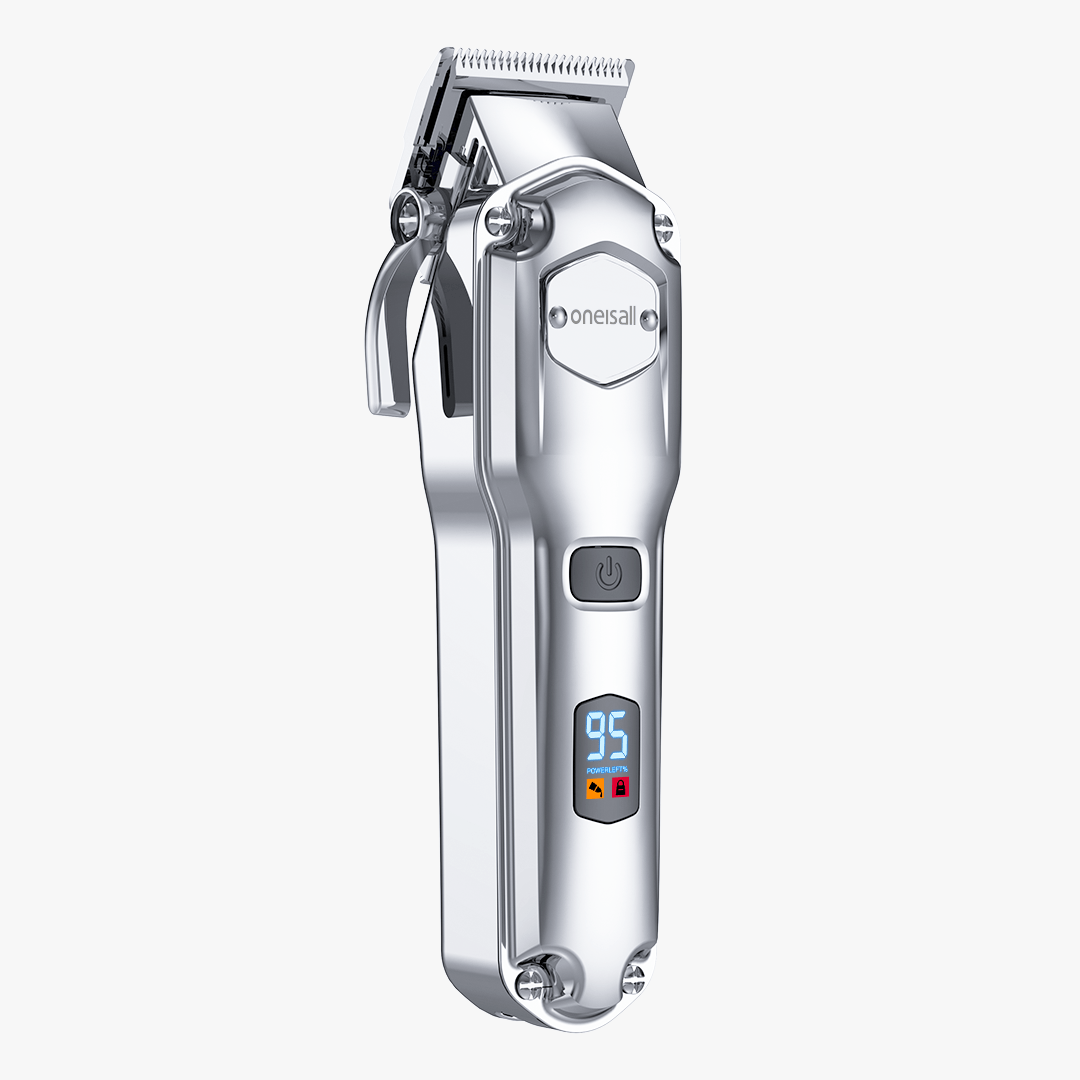

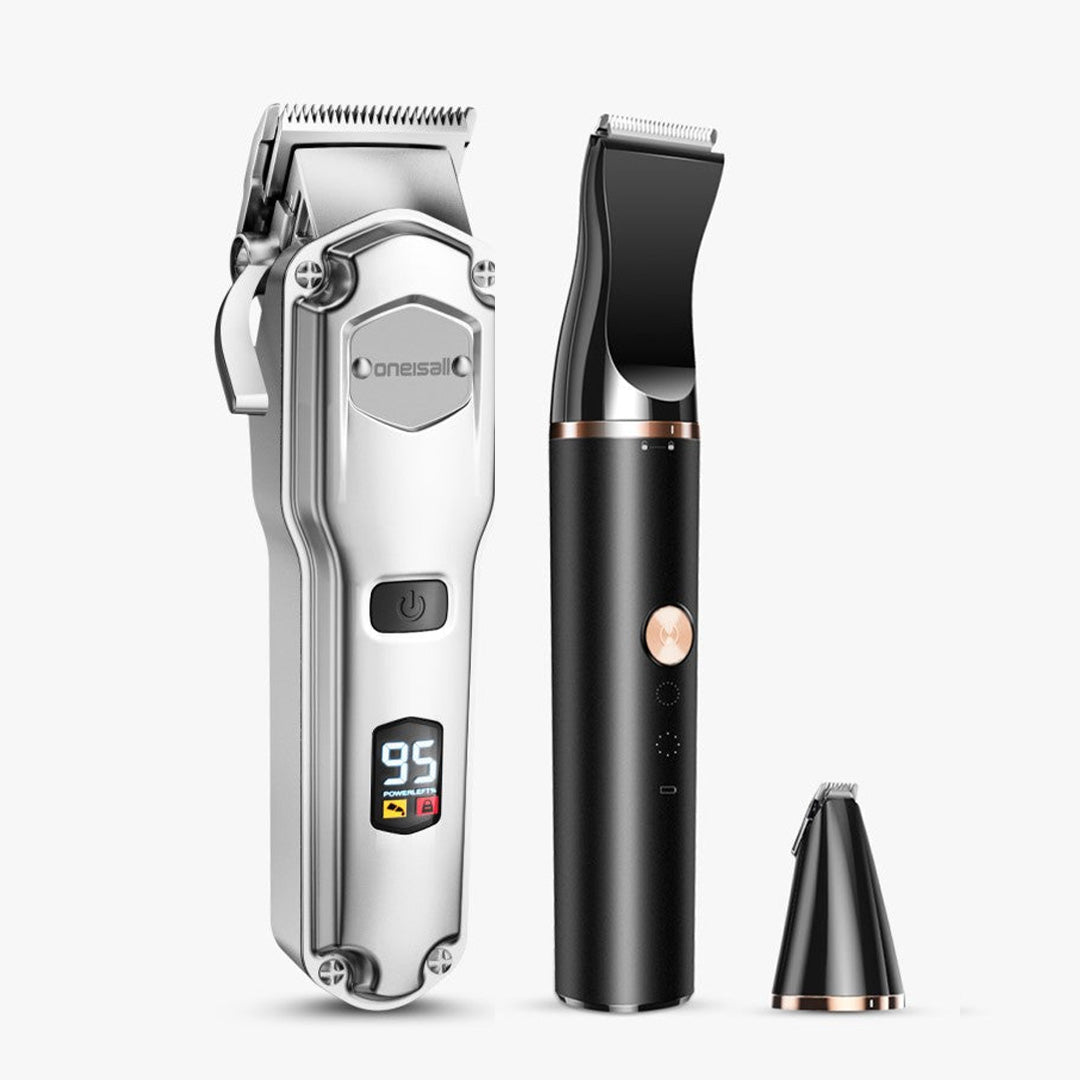
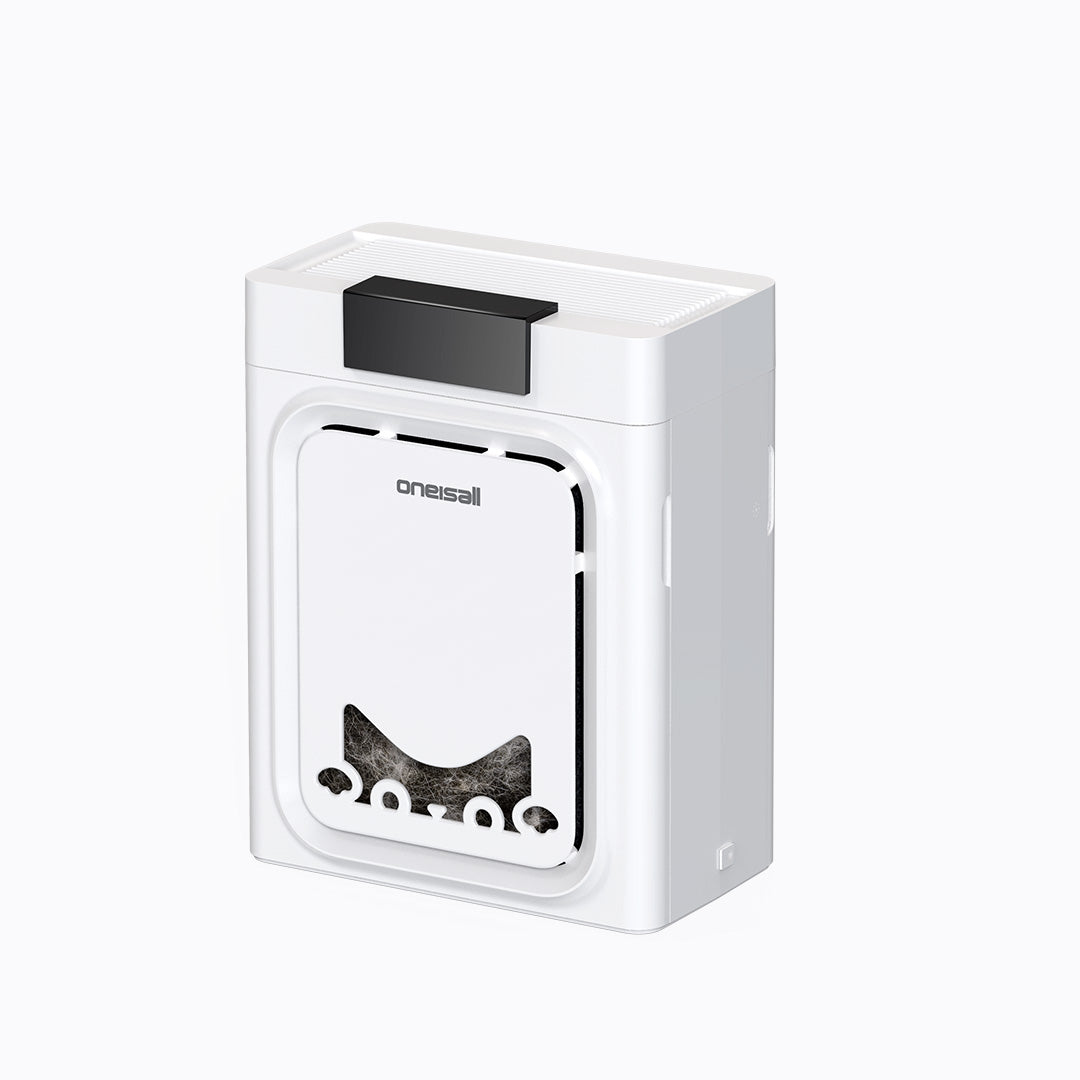
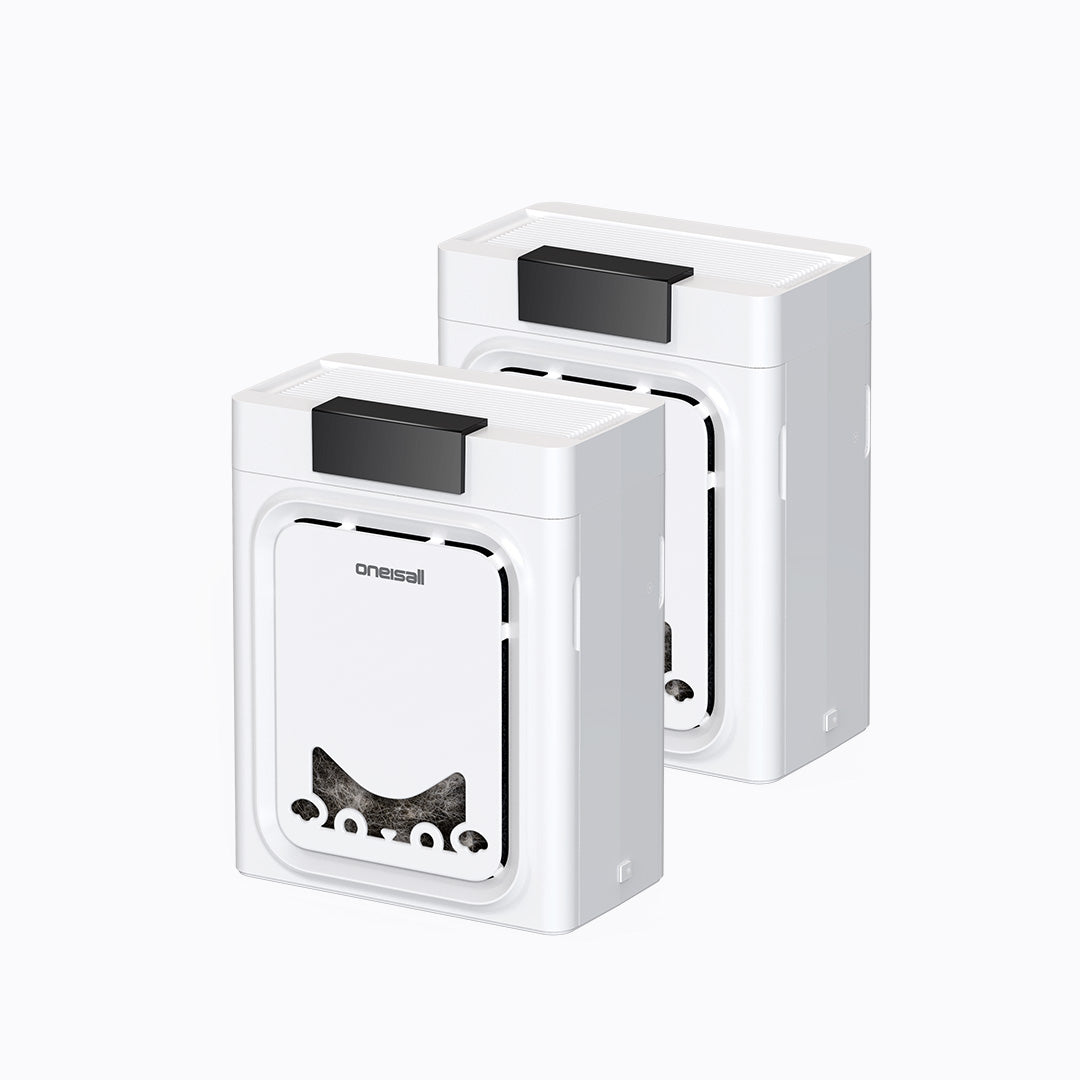
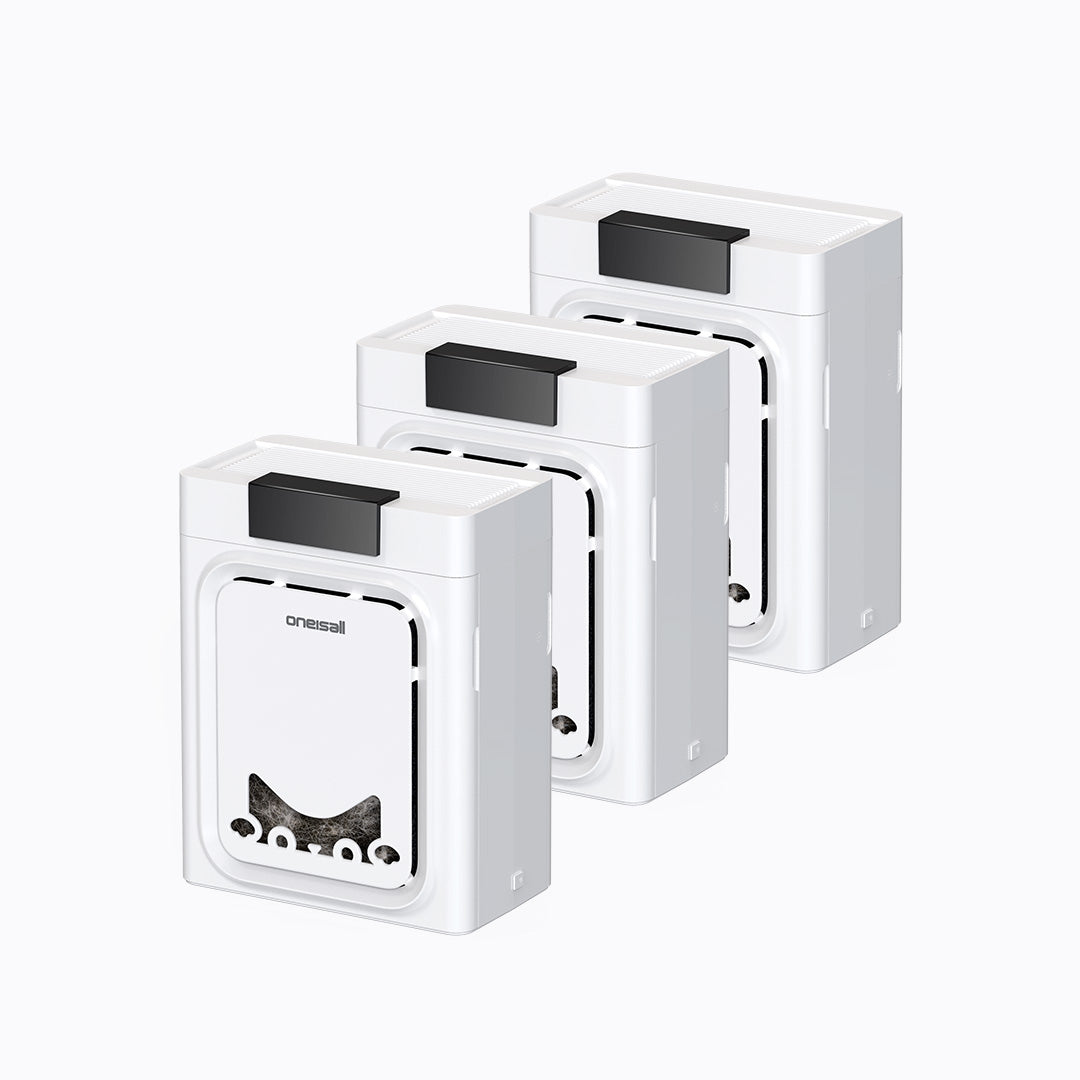
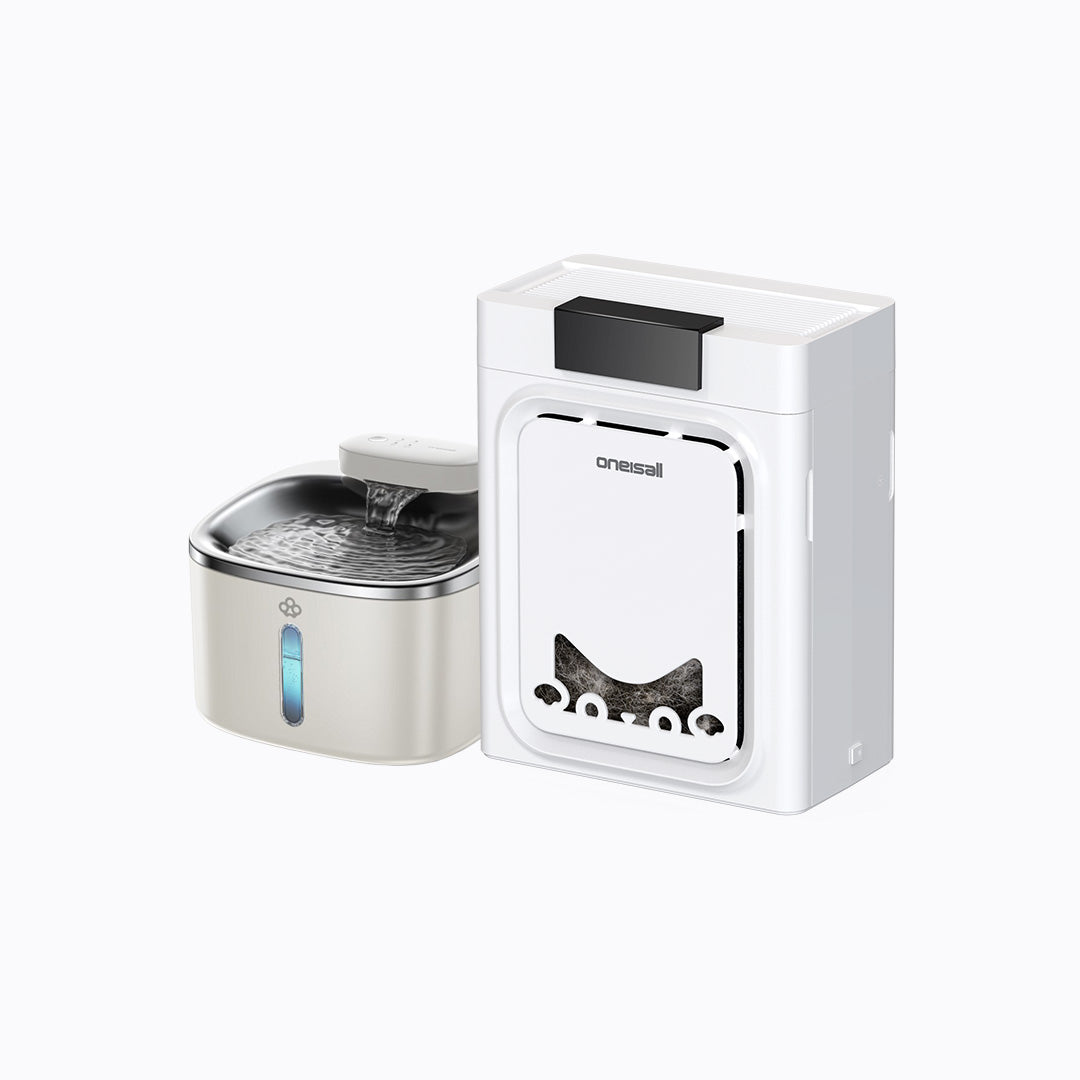

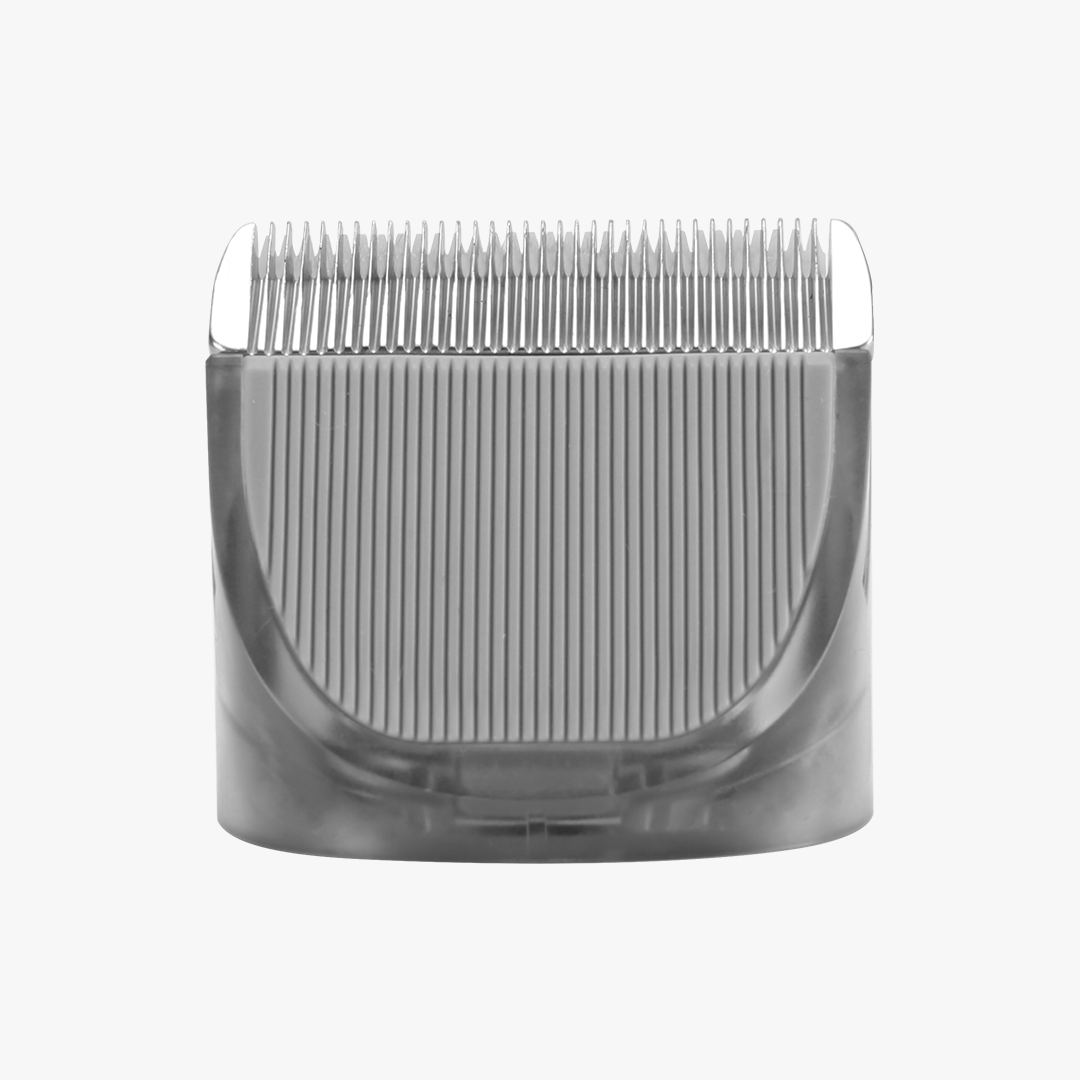
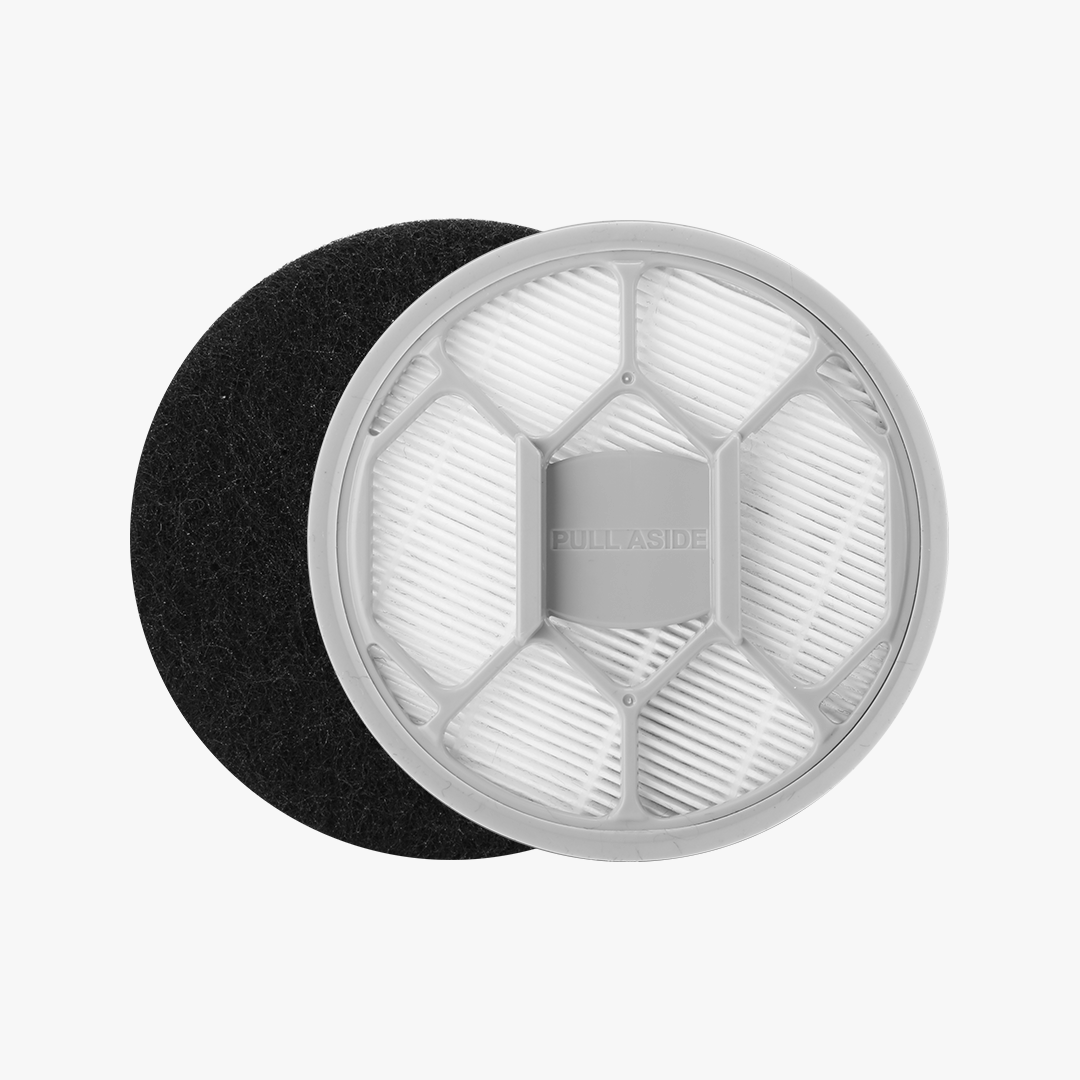
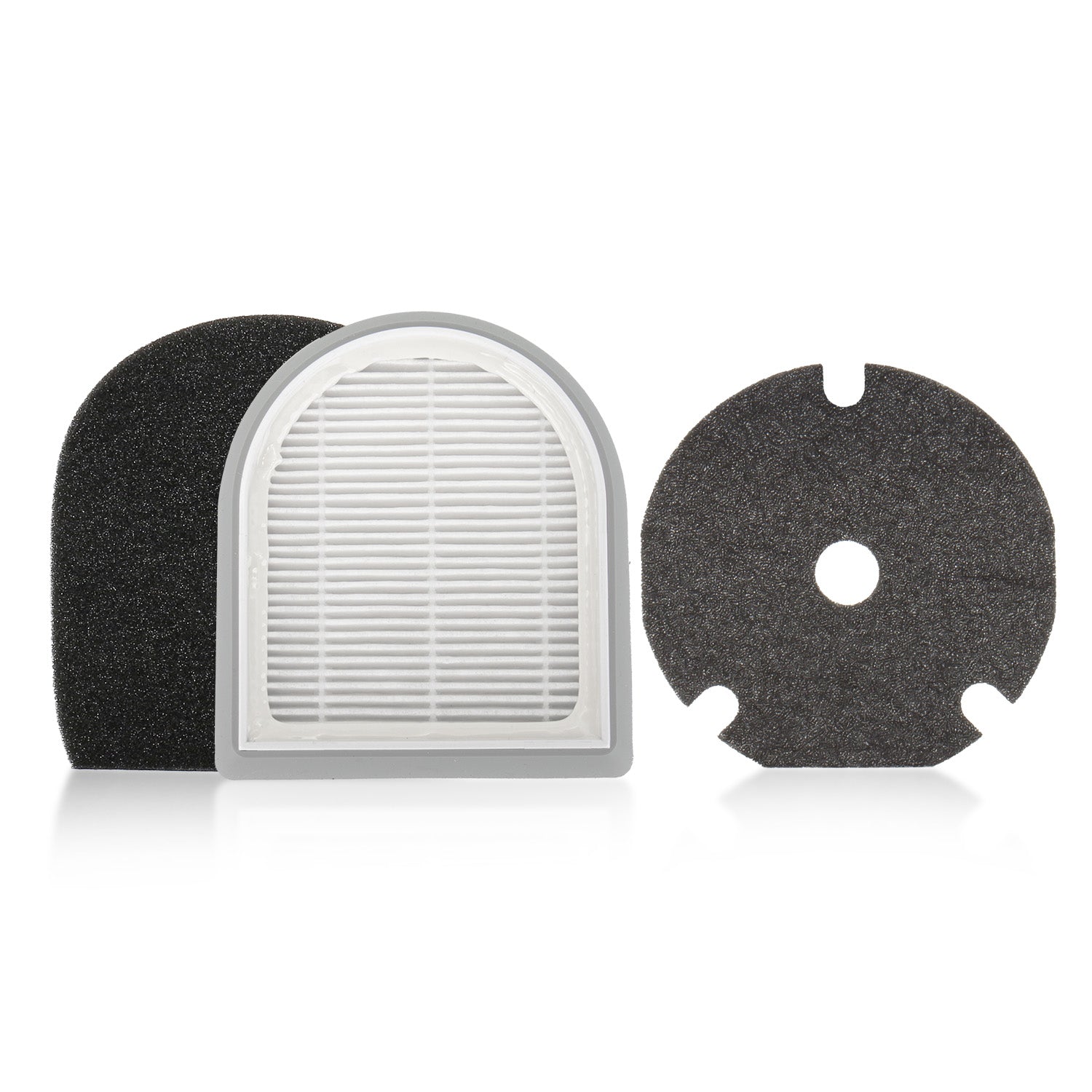
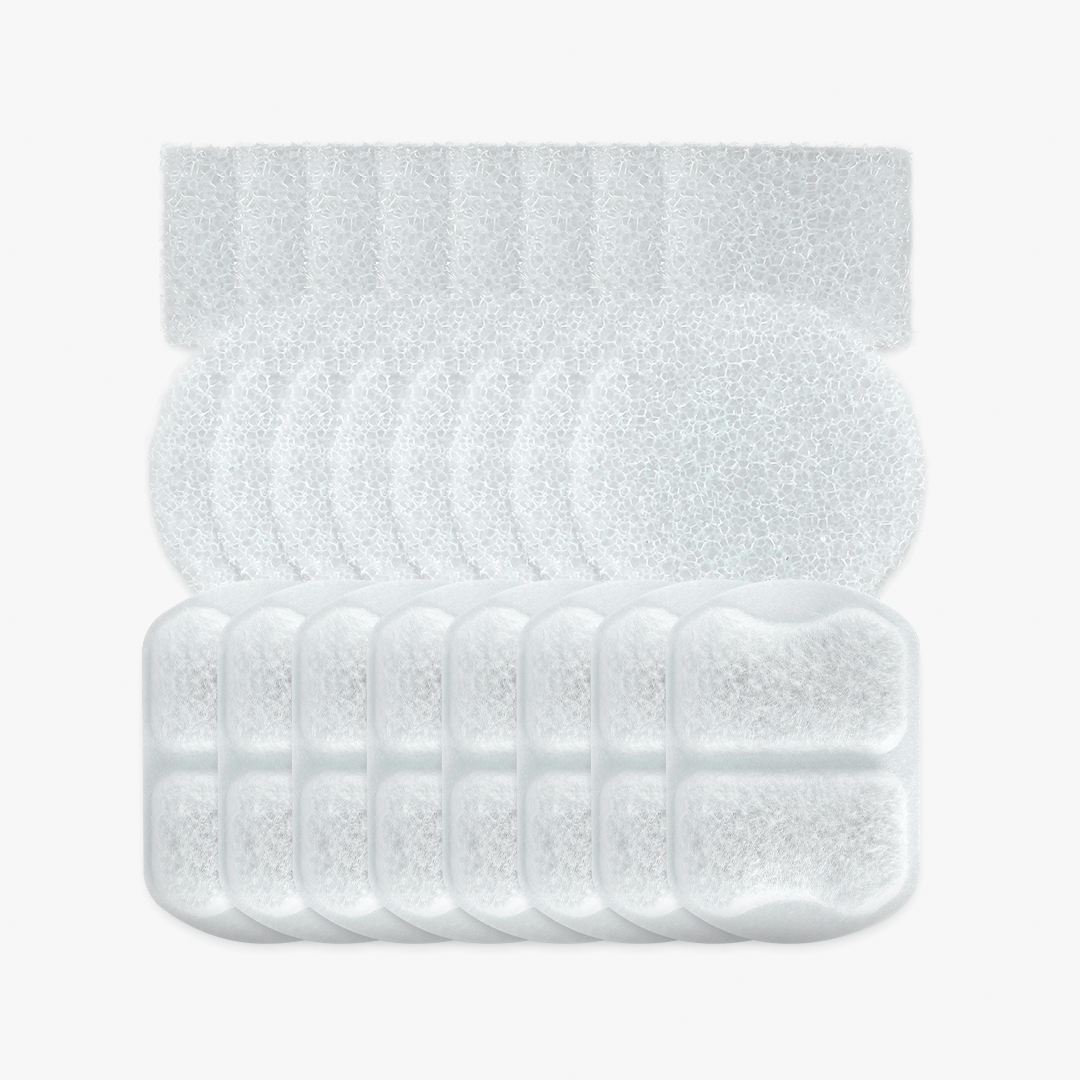
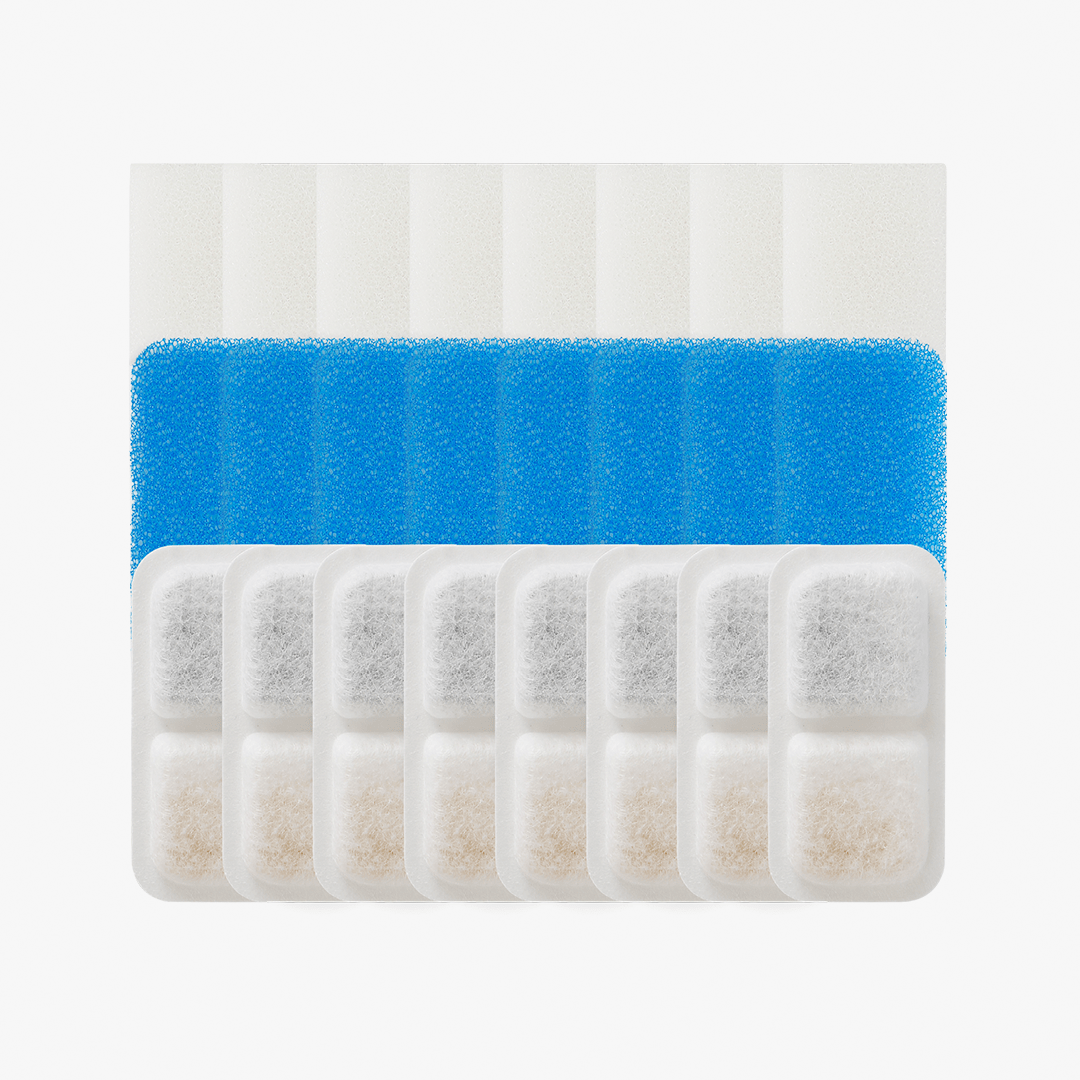
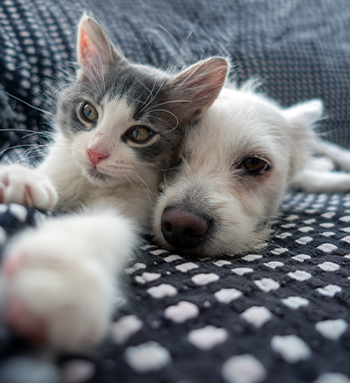
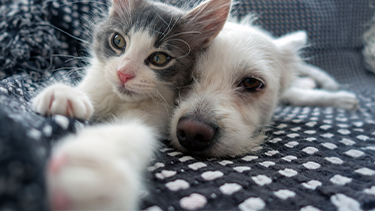
Leave a comment